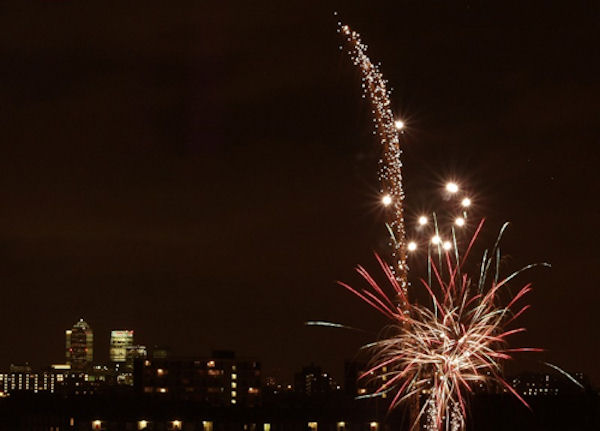If you want to get close to someone, give them a nice hot cup of tea. Or anything warm for that matter.

New research suggests that when someone experiences physical warmth, they develop increased feelings of interpersonal warmth – and it all happens without them even knowing.
Tests by researchers at Yale University and the University of Colorado at Boulder showed that when given a hot cup to hold, a subject would judge another person to have a ‘warmer’ personality. In another test, application of a thermal pad resulted in the person tending to choose a gift for a friend rather than themselves.
The key to this behaviour is the discovery that a part of the brain, the insular cortex, looks after both the physical and psychological versions of warmth information, with feelings like trust, empathy, guilt and embarrassment also implicated.
So there you go – yet more evidence that we are completely out of control of ourselves. Ho Hum…..
P.S. Only use a Los Alamos mug if you are looking for that ‘extra warmth’.
More info. in Science Vol.322.No5901.pp.606-607




